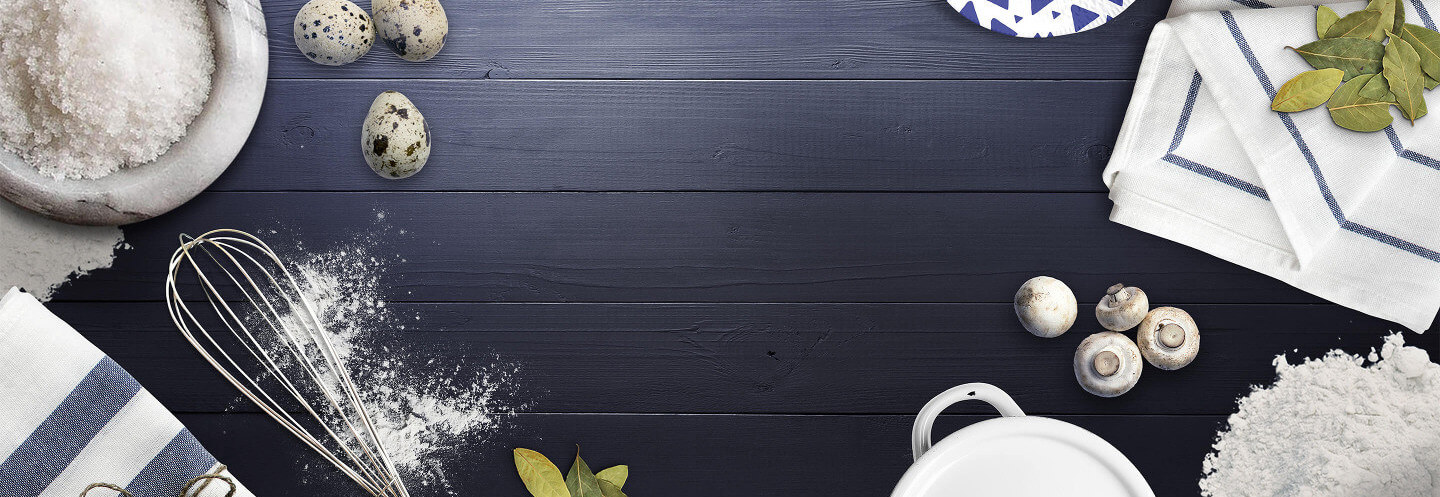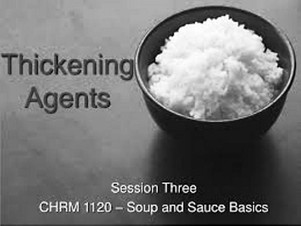https://www.copymethat.com/r/JdbEKoWf6/thickening-ingredients-low-in-carbs/
20259014
M8LF2BN
JdbEKoWf6
2024-05-18 07:37:51
Thickening Ingredients Low in Carbs
loading...
X
Also, One Way to Make a Low-Carb White Sauce and Gravy Alternatives
Servings: N/A
Servings: N/A
Ingredients
- subheading: White or Whole Wheat Flour:
- White flour is the most common thickener used in sauces. In some recipes, you might be fine using it. There are 6 grams of carbohydrates per tablespoon of regular flour. This will thicken one cup of a gravy, which has some thickeners from the meat, or a thin sauce.
- It takes two tablespoons of flour to thicken a sauce to medium thickness, and three for a thick sauce. Whole wheat flour has 4.5 grams net carbohydrates plus 1 gram fiber per tablespoon. You usually need slightly more wheat flour than white flour to thicken a sauce. Gluten-free flours such as rice flour work the same way as wheat flour when it comes to thickening sauces, and have approximately the same amount of carbs.
- When you use flour to thicken a sauce, you cannot add it directly as it will create lumps. The best way to add it is in a roux, where you heat it with a fat, like oil or butter, and cook it for a minute or two (stirring constantly) to get rid of the raw flour taste. Then, whisk in the liquid. A roux will slowly get darker the longer you cook it. Some recipes will call for a darker roux, but the thickening power decreases as it cooks, so for low-carb purposes, a white roux is best.
- Two other ways to add flour to a sauce are a slurry, where you stir or shake up the flour with cold water and then add to the sauce, or a beurre manié, where you mix the flour and butter into a paste and add it bit by bit. You can also add flour to vegetables or meat as you are browning or sauteing them.
- subheading: Cornstarch:
- Cornstarch has 7 grams of carb per tablespoon but more thickening power. According to the cornstarch manufacturers, you only need half as much cornstarch as flour, but experts seem to vary on this point.
- If your recipe only calls for one tablespoon, then cornstarch might a low-carb option for you.
- Sauces thickened with cornstarch are less opaque and glossier. Cornstarch is generally added to cold water and then to the sauce (whisk or shake in a small container to combine). You do not have to worry about cooking it first.
- subheading: Arrowroot Flour:
- If you are looking for an easy way to thicken a sauce without changing the taste of your food, turn to arrowroot powder instead of cornstarch which can leave foods tasting chalky if undercooked. Arrowroot flour is a fine white powder made from dried tubers. Arrowroot is similar to cornstarch in the number of carbs it has and is used the same way, except it has a glossier appearance.
- When used in cooking, it has twice the thickening power of wheat flour and unlike wheat flour, it does not alter the flavor of the food. Use arrowroot flour to thicken sauces that should remain clear. It freezes well, but does not reheat successfully and cannot be used at high temperatures or in recipes that involve long cook times. Arrowroot stands up to acidic liquids better than cornstarch does.
- subheading: Alternatives to Starches:
- If you want to avoid starches altogether, there are a few alternatives, like vegetables, dairy products, eggs, nuts, and seeds. The choice of alternative you can choose depends on what you need to cook.
- subheading: Make a Reduction:
- Simply simmering a sauce until water evaporates from the sauce and makes the sauce thicker, works in some cases. Keep in mind, the flavors and seasonings will become more concentrated. If you are going for subtlety and delicate flavors, this may not be the ideal alternative for you.
- subheading: Vegetable Gums:
- With names like guar gum and xantham gum, vegetable gums may not sound appetizing; the two thickeners are made from vegetable fiber that absorbs water to make a gel-like, viscous consistency. Guar gum has eight times the thickening power of cornstarch. Unlike wheat flours, vegetable gums are gluten-free and are often used as thickeners in commercial products. These thickeners can be found in health food stores or online.
- To use vegetable gums to thicken sauces, sprinkle a small amount into the sauce while whisking. Go slowly, because too much will over-thicken the sauce or soup and leave a slick feel to the food.
- subheading: Pureed Vegetables:
- Pureed vegetables are especially good for creamy soups and work well for sauces. Almost any cooked vegetable can be blended and used to thicken a soup or sauce; for example, think broccoli or pumpkin soup. Also, tomato paste is a good thickener. Eggplant, zucchini, other squash, cauliflower, or lower carb root vegetables are all excellent choices when you do not want the vegetable to add too much flavor.
- subheading: Dairy Products:
- Cream will thicken as it reduces, so if you add cream to a sauce and boil it, the sauce will thicken more than reducing without the cream.
- Sour cream is an already thickened version of cream and it can be whisked into a sauce. Cream cheese, which is thicker than sour cream, can also be used as a thickener although it imparts a distinctive flavor.
- Also, you can add cold butter at the end of cooking a pan sauce and that will have a thickening effect.
- subheading: Eggs:
- When you think of mayonnaise or Hollandaise and that consistency, it is a thickened blend of oil and egg yolk or butter and egg yolk. Egg yolk and a fat are an effective thickener. As a rule, do not add yolk directly to a hot sauce or it will scramble. To avoid this, temper the yolk by adding a small amount of the sauce to them to gradually bring it up to temperature. Then, add the tempered eggs to the sauce.
- subheading: Nuts:
- Ground nuts were traditionally used to thicken sauces in the days of old. Nut butters, like peanut and almond, work well. Coconuts are another option. You can buy jars or cakes of concentrated coconut cream that can be used for thickening sauces, however, do not confuse the drink mix of a similar name which has added sugar.
- subheading: Seeds:
- Flaxseed meal and chia seeds do expand and thicken liquids, but they can be grainy, so they do not work well in many sauces. They work well to thicken drinks like juices, turning them into shakes.
- subheading: One Way to Make a Low-Carb White Sauce:
- A traditional white sauce uses the same amount of fat as flour. The two are cooked together and then milk is added. To make a low-carb white sauce, like a bechamel sauce, try using half water and half cream instead of milk, or unsweetened soy or almond milk. Check the ingredients carefully to make sure no sweetener is added, which will bring up carb counts.
- subheading: Gravy Alternatives:
- The good news is that one cup of gravy needs only one tablespoon of flour to thicken it, adding only 6 grams of carbohydrate. That means that ¼ cup of traditional gravy has only 1.5 grams of carbohydrate. But if you want to have a gravy alternative that is even lower in carbs, consider making an au jus instead. This works well for chicken or turkey, as the drippings contain their own natural thickening agent. You use the drippings, deglaze the pan, and then reduce the drippings to your chosen concentration. You can add a bit of some of the alternative thickening agents if you desire.
Steps



